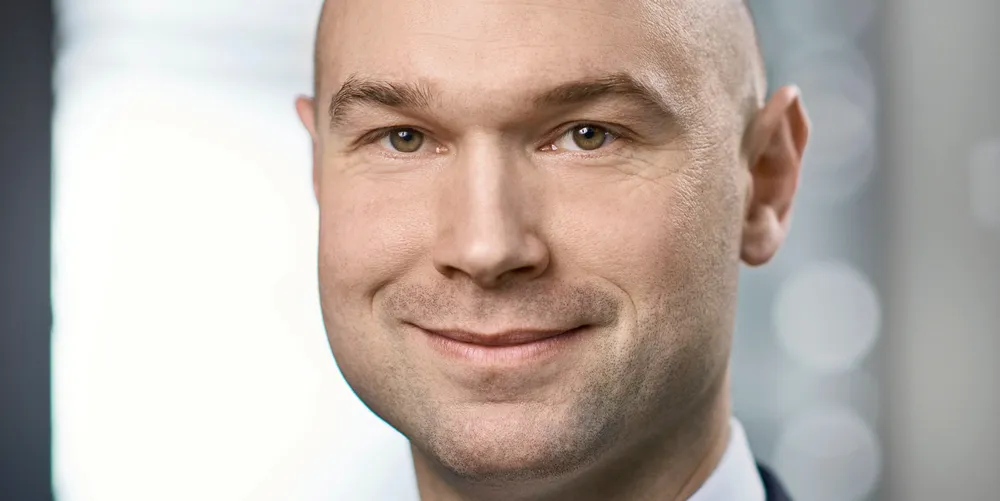'More offshore wind installation vessels will be needed to prevent project delays': Maersk
Chief commercial officer says Danish shipping giant will, for the time being, focus on US wind installation market, which it just entered

Not only the US market, but also the core European and Asian installation markets will see installation-vessel bottlenecks in the decade to come, most in the industry believe, Munch Agerskov says in an interview.
“We don’t have the installation assets to serve the [offshore wind industry’s] ambitions right now,” he said.
“So either new capacity in terms of new installation vessels would be added to the market, [or] alternatively the [timeline for] wind projects will” have to be delayed, he added.
The installation vessel shortage could become more acute as in the wake of Russia’s invasion of Ukraine, more and more countries are boosting their offshore wind targets, such as Germany, the Netherlands or Belgium.
In the US, the Jones Act is further complicating the already tight installation market. The legislation, dating back to 1920, prevents foreign-registered vessels from transporting goods between two points on US territory.
To be compliant with the Jones Act for Empire Wind, Maersk will build a Denmark-flagged, Singapore-constructed vessel, which will remain at the installation site while US partner Kirby Offshore Wind will provide US-flagged feeder barges and towing vessels.
So far, only one wind turbine installation vessel (WTIV) is being built to be used under a US flag directly, but at a hefty cost. Dominion Energy, in late 2020 said it had tapped Singapore-based Keppel to build a $500m “all-American” WTIV, at a Texas facility.
The Biden administration is targeting 30GW of offshore wind by 2030, while analysts IHS and BloombergNEF only forecast the US to hit about 21GW and 26GW, respectively, by then. Any of these figures seem prohibitively high unless the installation vessel bottleneck can be cleared.
For the time being, Maersk plans to focus on the US wind installation market.
“In that market, there is limited competition for now, due to the fact that there are relatively high barriers to entry, and that is where we will focus our efforts for the time to come,” Munch Agerskov says.
“That doesn’t mean that we will not necessarily play in the European market in the longer run, but for the time being we think that is saturated sufficiently.”
(Copyright)